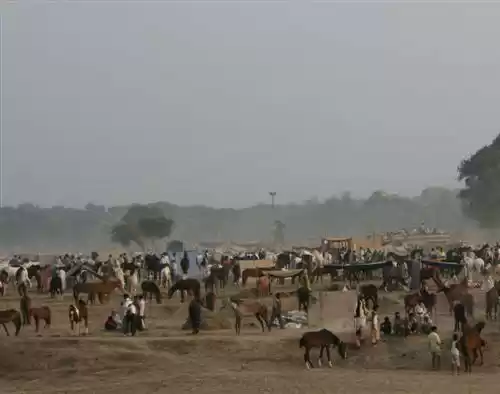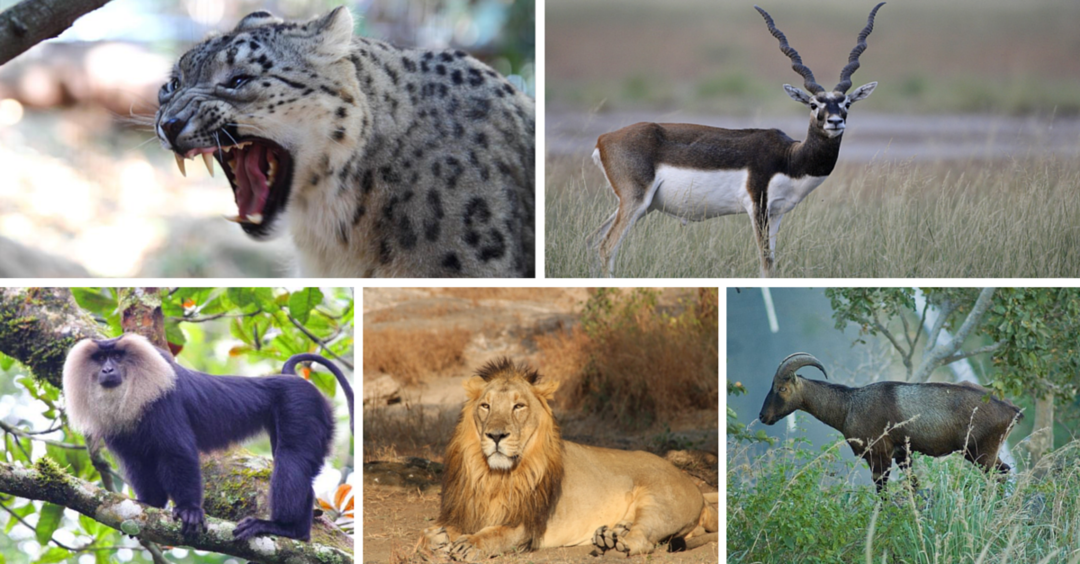Rather infamous for its association with the ‘Bandit Queen’ Phoolan Devi, the forbidden land of Chambal still resides under the name of unfamiliarity and the only reason why I was inquisitive to explore it at the first place. The very name of Chambal evokes a picture of a land untamed, raw and powerful. But the reason why it grabbed my attention was the fact that it's yet unexplored and therefore when I got an opportunity to visit Chambal, I was thrilled with an idea to see what resides inside this otherwise disconnected area.

Over the years, the history of Chambal ki Ghatti remains the same– as it continues to live in deep myths, a part of the world, yet away from it. It is called the land of Bandits was the only thing I knew about the valley, but what I saw left me mesmerised.
Here are a few snapshots that will take you through parts of this land: some familiar, some unexplored.
Reaching Chambal
80 kilometers drive from Agra—the former Mughal capital—will take you to Chambal which is located at the convergence of three states: Uttar Pradesh, Rajasthan and Madhya Pradesh. The first look at the place will impress you with its scenic vistas: deep ravines and scrub forests which have hidden generations of outlaws since the centuries.

With vibrant diversity and a unique eco-system, Chambal ki Ghatti has lots to tap. With rich history and heritage, the Chambal Valley has much to offer from its breath-taking landscapes, a variety of wildlife, rural vibe, untainted nature, fascinating ruins and legendary exploits.

This small town is nestled on the banks of Chambal River, arguably the most pristine river in India with crystal clear water. The river is a tributary of Yamuna River which flows through the states of Uttar Pradesh, Rajasthan and Madhya Pradesh. Considered to be cursed, the river is still untouched and unpolluted, as it remains one of the cleanest rivers in India.

The legends of Chambal River
There are many myths and legends behind the unholy origin of Chambal River. According to one such ancient Indian text, the river is considered to be cursed because it is believed to have originated from the blood of thousands of cows sacrificed by the Aryan King Rantideva. The river is also named Charmanyavati which means originating from the blood of thousands of cows. Another such text mentions that Draupati cursed this land on her way to heaven, the reason of which is unknown.

Whatever it may be, the curse on the river is a blessing in disguise as the land is far away from commercialisation (yet).
What Resides inside Chambal Valley
The valley stations the National Bird and Wildlife Sanctuary, which is known to be a habitat to some of the most unusual and endangered species, including 340 species of birds which migrate from different parts of the world during winters.

This population also includes 13 species which are categorised as endangered. A boat Safari, which needs to be booked in advance will take you around this sanctuary.
The Wetlands of Chambal
From October till March, the Wetlands of Chambal act as a temporary home to a myriad species which migrate from the suburb area of Europe, China, Serbia and Mangolia. A paradise for the birdwatchers and photographers, the sanctuary boasts an impressive list of over 330 species of resident and migratory birds – which is increasing rapidly every year.

The sanctuary is also garnering popularity as one of the most reliable places to see the Indian Skimmer, which are classified as endangered. Few species which can be spotted here are Northern Pintails, Chinese Coots, Forest Wagtails, Flamingos among others.
Catching glimpses of Fauna at the sanctuary
Chambal Sanctuary supports one of the largest populations of Gavialis Gangeticus (Gharial)—a rare species of crocodiles which are critically endangered.

The fish-eating crocodile is estimated at fewer than 235 individuals, which are threatened by loss of riverine habitat and depletion of fish resources. The sanctuary is also home to eight rare species of turtles – out of the 26 found in the country. It is also one of the few places to spot the Platanista Gangetica (Gangetic Dolphins), only to be spotted with a sharp eye. Indian Striped Hyenas and Golden Jackals amongst others can also be spotted at this sanctuary.
Where to stay
The Chambal Ravines host a series of tourist lodges which aim to promote Eco-tourism in India. A project started by Ram Pratap Singh in the area, Chambal Safari Lodge is one such property which promises a unique experience of living amidst nature. The Lodge also takes care of the boat safari and security at Chambal.

National Chambal Sanctuary was set up in 1979 along the length of 425 kilometres of the Chambal River and its ravines stretching over two-to-six-kilometre wide. The Project is managed under the wildlife division of the Uttar Pradesh Forest Department and is head-quartered at Agra.
You can follow my work at:
My Blog: Buoyantfeet.com
Social: Facebook/Twitter/Instagram/YouTube
Frequent Searches Leading To This Page:-
why chambal is cursed, chambal river curse, chambal valley area, chambal forest, chambal area, chambal river, chambal india



























